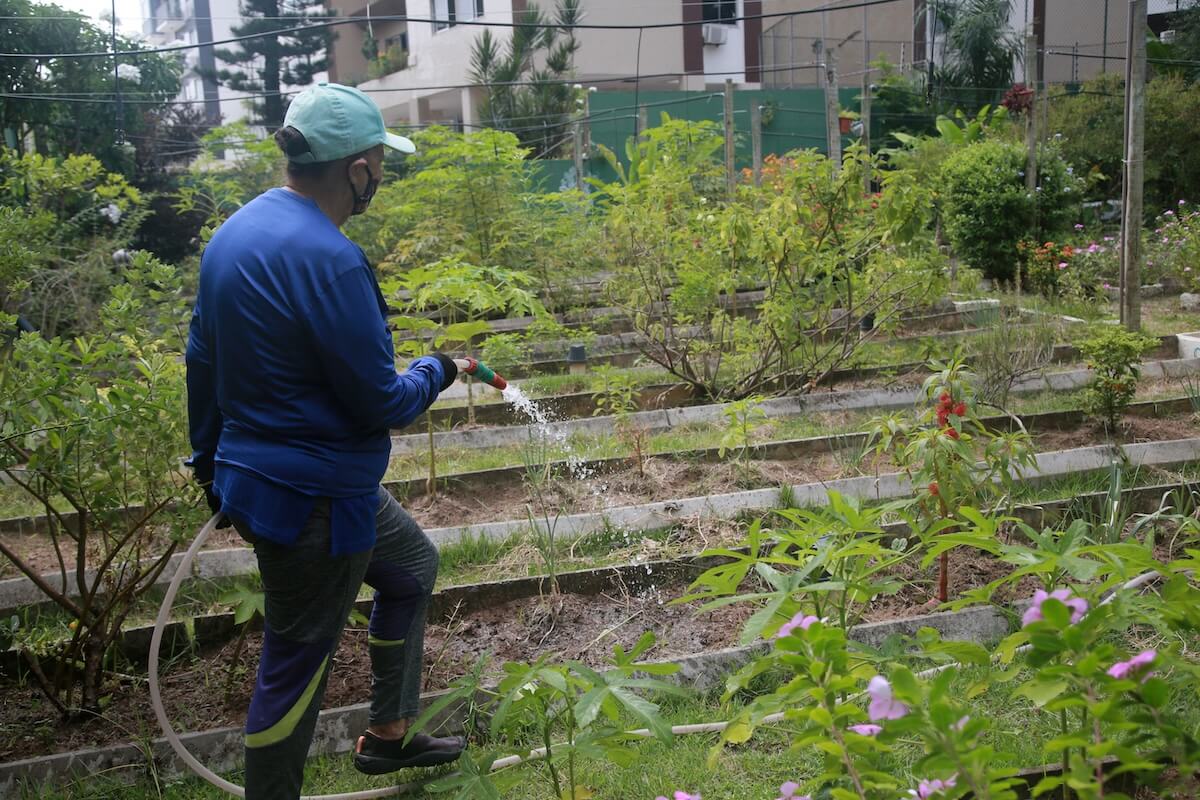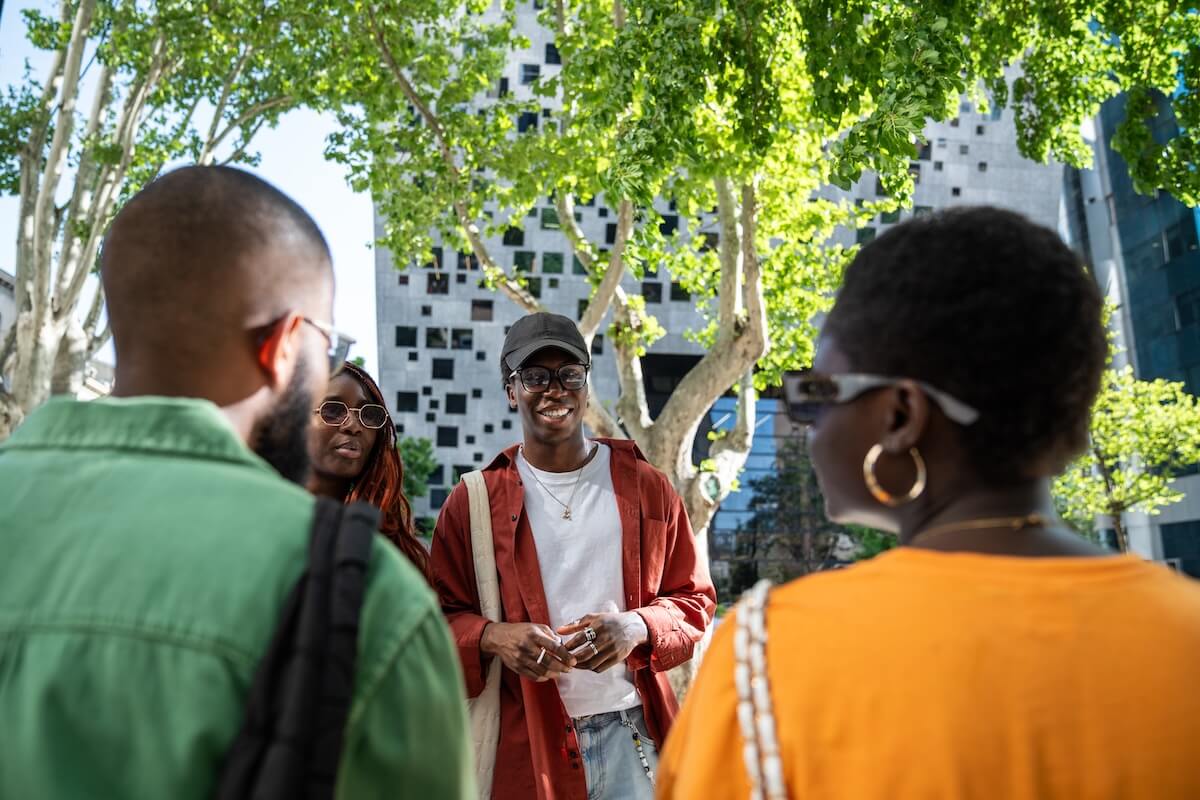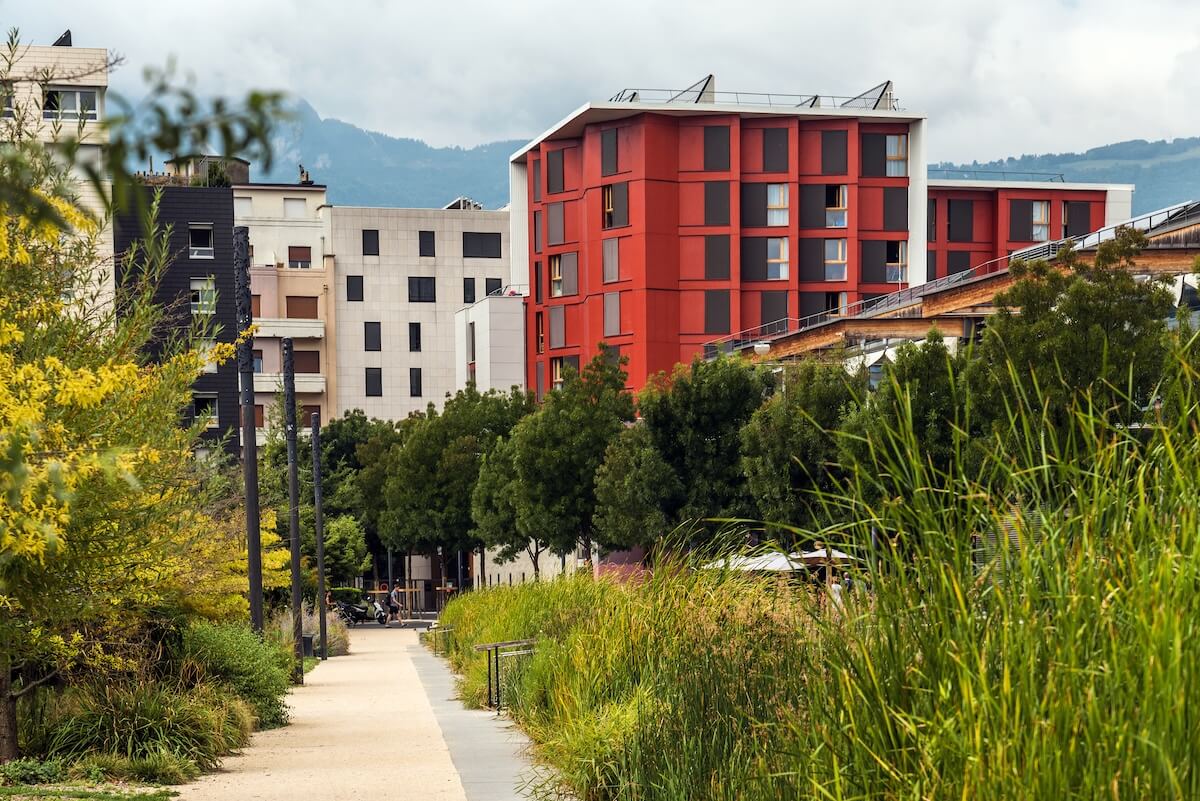Urban development is at a crossroads. As cities grapple with the compounding challenges of climate change, social inequity, and economic uncertainty, traditional models of sustainability are no longer enough. Enter regenerative design: a systems-based approach that not only minimizes harm but actively restores and revitalizes the communities and ecosystems it touches.
Here’s why regenerative design is not just a trend but the future of equitable urban development.
1. It Goes Beyond “Do No Harm”

While sustainable design focuses on reducing negative impact, regenerative design strives for net-positive outcomes. That means buildings, neighborhoods, and infrastructure that give back—restoring ecosystems, strengthening social bonds, and supporting local economies. The concept of “regenerative cities” reflects this shift toward built environments that replenish rather than deplete.
Example: Regenerative landscapes can improve air and water quality while providing spaces for food production, pollinator habitats, and cultural gathering.
2. It Centers Community Knowledge and Leadership

Regenerative design honors the lived experience of residents, particularly those in historically marginalized communities. By engaging local voices from the start, design processes become more inclusive, responsive, and resilient. Participatory design practices, where community members are co-creators of their environments, have been shown to result in more relevant and effective solutions.
Why it matters: The people closest to the challenges often hold the most effective solutions.
3. It Builds Resilience Through Systems Thinking

Regenerative design considers the interconnection between social, ecological, and economic systems. This systems-based thinking is essential for communities facing complex challenges—from climate disasters to housing crises. Research emphasizes the need to shift from linear sustainability models to regenerative frameworks that support multi-scalar resilience and citizen participation.
Spotlight: Regenerative neighborhoods may integrate green infrastructure, affordable housing, and food systems into a single, place-based strategy.
4. It Promotes Justice Through Design

Regenerative design challenges extractive development practices and prioritizes restoration—of land, culture, and opportunity. It invites designers, planners, and policymakers to redistribute power and resources toward those most impacted by injustice. Organizations like the World Economic Forum highlight this regenerative approach as a means of advancing circularity and social well-being in urban environments.
Impact: When guided by justice-centered frameworks, design can repair harm and generate lasting equity.
5. It Inspires a New Vision of What Cities Can Be

Regenerative design invites us to reimagine urban life—not as a burden on the planet, but as a force for healing. It asks: What if every building helped clean the air? What if every street supported biodiversity? What if every neighborhood fostered belonging and resilience? These visions are deeply connected to how people relate emotionally to place, which plays a significant role in participation and stewardship.
Takeaway: This is not just design—it’s a movement toward regeneration, led by communities and grounded in justice.
Looking Ahead
At Just Communities, we believe regenerative design is a vital pathway toward equitable, thriving cities. Through our frameworks, trainings, and community resources, we’re supporting professionals and grassroots leaders who are reimagining what’s possible.
Ready to explore what regenerative design could look like in your work or neighborhood? Check out our blog for case studies, events, and learning opportunities.
